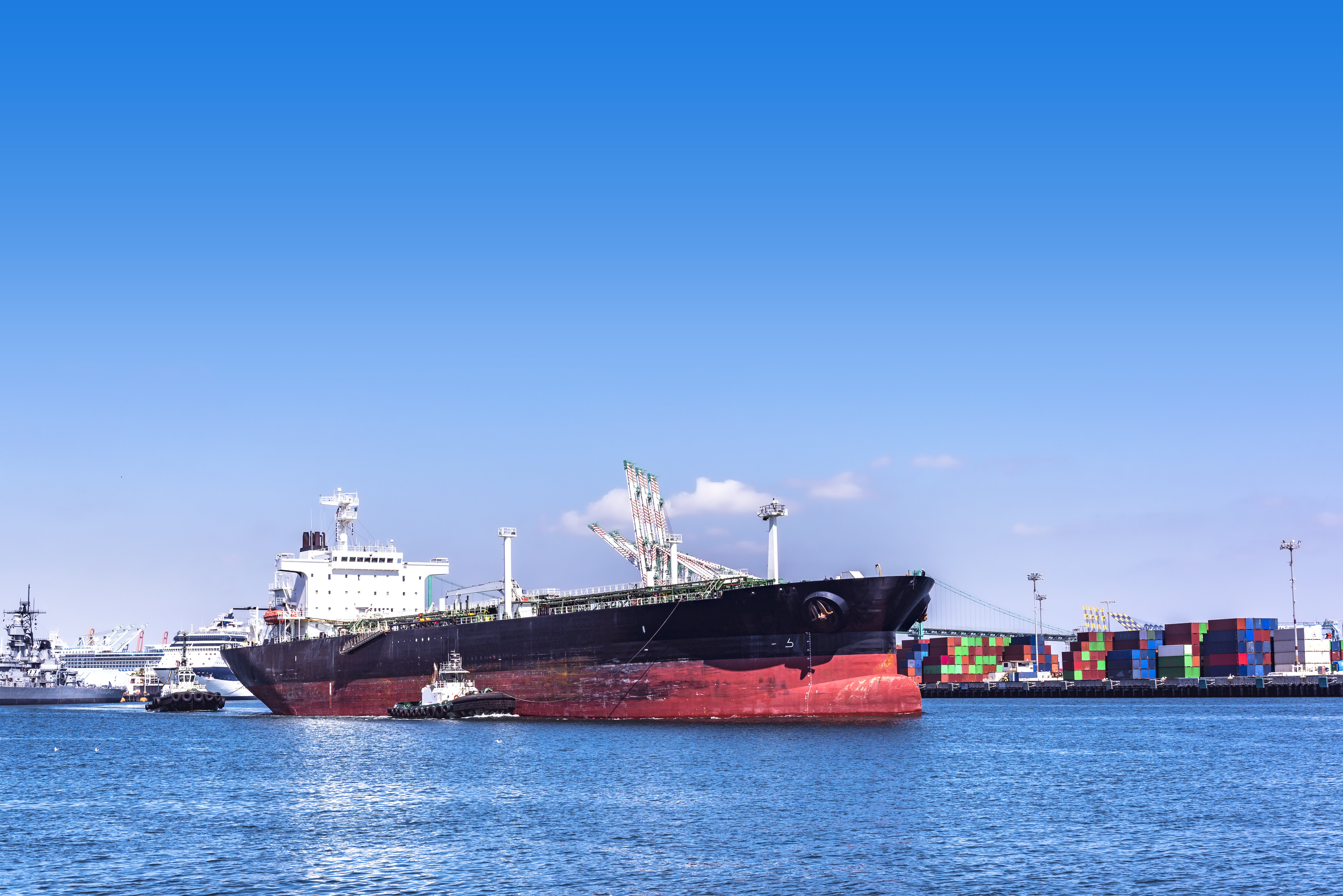Euronav NV: Is This Oil Tanker’s 20% Dividend Yield Safe?

Euronav Stock Pays High Dividends During Record Year
If you’re an income-starved investor looking for a high dividend yield, you might want to put Euronav NV (NYSE:EURN) on your radar. The company, together with its subsidiaries, ships and stores crude oil worldwide. Euronav also offers floating storage and offloading (FSO) services.
The company’s fleet consists of two “V-Plus” vessels, 45 “VLCCs” (two to be delivered), 26 “Suezmaxes,” and two “FSO” vessels. This makes Euronav the largest NYSE-listed independent crude oil tanker company in the world. (Source: “All Vessels,” Euronav NV, last accessed April 15, 2021.)
As an oil and gas midstream company, Euronav operates in a cyclical industry. That means EURN stock’s share price and dividend payouts will fluctuate based on where we are in the economic cycle (and other factors)—not unlike the rest of the stock market.
That said, as one of the world’s largest oil tanker firms by tonnage, Euronav NV has been providing investors with a high dividend yield, one that can weather economic storms and ongoing volatility.
Case in point, Euronav stock’s share price has been on a roller-coaster ride over the last year—which wasn’t entirely unexpected. The global COVID-19 pandemic and recession left investors reeling and wondering how it would impact stocks and different sectors. EURN stock might be down 18% year-over-year, but it currently pays out an annual dividend of $1.69 per share. At its current price, that translates into an annual dividend of 20.2%.
Euronav stock’s payout ratio is just 73.8%, which means there’s plenty of financial wiggle room for this dividend stock to continue making high-yield payments. The company noted that its return-to-shareholders policy targets 80% of net income.
The company has a history of providing investors with a high-yield dividend. EURN stock’s trailing annual dividend yield is 16.6% and its five-year average dividend yield is 8.1%.
There have been complaints in the past about the fact that, while Euronav’s dividend payouts were high, they were also inconsistent. You can tell by the below table that this was certainly true.
Between 2015 and 2019, the company’s semi-annual dividend rate fluctuated from a low of $0.06 to a high of $0.82 per share. According to the company, though, those days of unreliable payouts are gone. As of its first-quarter 2020 results, Euronav declared that its dividends would be paid quarterly. That kind of regularity should put Euronav dividend bears into hibernation.
| Dividend Period | Payment Date | Cash Amount |
| Q4 2020 | March 5, 2021 | $0.03 |
| Q3 2020 | November 30, 2020 | $0.09 |
| Q2 2020 | August 28, 2020 | $0.47 |
| Q1 2020 | June 26, 2020 | $0.81 |
| 2020 | June 9, 2020 | $0.29 |
| 2019 (Interim) | October 8, 2019 | $0.06 |
| 2019 | May 24, 2019 | $0.06 |
| 2018 (Interim) | October 8, 2018 | $0.06 |
| 2018 | May 23, 2018 | $0.06 |
| 2017 (Interim) | October 5, 2017 | $0.06 |
| 2017 | May 31, 2017 | $0.22 |
| 2016 (Interim) | September 30, 2016 | $0.55 |
| 2016 | May 26, 2016 | $0.82 |
| 2015 (Interim) | September 22, 2015 | $0.62 |
| 2015 | May 28, 2015 | $0.25 |
(Source: “Dividend History,” Euronav NV, last accessed April 15, 2021.)
Euronav bears might want to take a look at the company’s financial results. For 2020, Euronav reported its best financial performance ever (especially in the first half of the year), with full-year revenue advancing 32% year-over-year to $1.2 billion. (Source: “Euronav Announces Final Year Results 2020,” Euronav NV, March 31, 2021.)
The company reported full-year net income of $473.2 million, a huge increase over the 2019 net income of $112.2 million.
Hugo De Stoop, CEO, commented, “2020 will be recorded as one of the most tumultuous in tanker market history. Euronav’s positioning ensured shareholders were able to benefit from record freight rate performance over the first half of 2020, with USD 371 million returned via cash dividends and share repurchases.” (Source: Ibid.)
Note that the global recession and the oil production increases from the Organization of the Petroleum Exporting Countries (OPEC) resulted in a 60% reduction in oil prices, from $55.00 in January 2020 to below $20.00 in April 2020.
During this time, freight rates for the tanker market rose to more than $100,000 per day, reflecting a shortage of vessel capacity to manage the increase in cargo being shipped.
Despite the recession, worldwide crude oil production was left largely unchanged, at approximately 100 million barrels per day, but consumption fell to 80 million barrels per day.
What to do with the excess oil? The demand for floating storage soared. That changed in the second half of 2020 after OPEC agreed to large-scale production and export cuts, thus reducing the demand for storage.
During the second half of 2020, oil tankers returned from being floating storage tanks and went back to shipping and unloading oil. As a result, oil storage activity has returned to normal levels.
Euronav believes that tankers should return to profitability when oil inventory normalizes and the economic recovery brings oil demand back up to pre-pandemic levels.
Management believes that this will happen at some point in the next 12 months. At that time, the return of restricted supply cargoes, primarily from OPEC+, will be an additional benefit to the tanker industry.
The Lowdown on Euronav NV
Euronav stock pays one of the highest upfront dividend yields in the energy sector (or any sector). COVID-19 hammered the global economy, but it helped Euronav NV report its best year ever.
There will certainly be ongoing volatility in the oil and gas industry, especially until oil demand returns to pre-pandemic levels. Until then, investors can take solace in EURN stock’s eye-watering high dividend, which is now being reliably paid quarterly.











